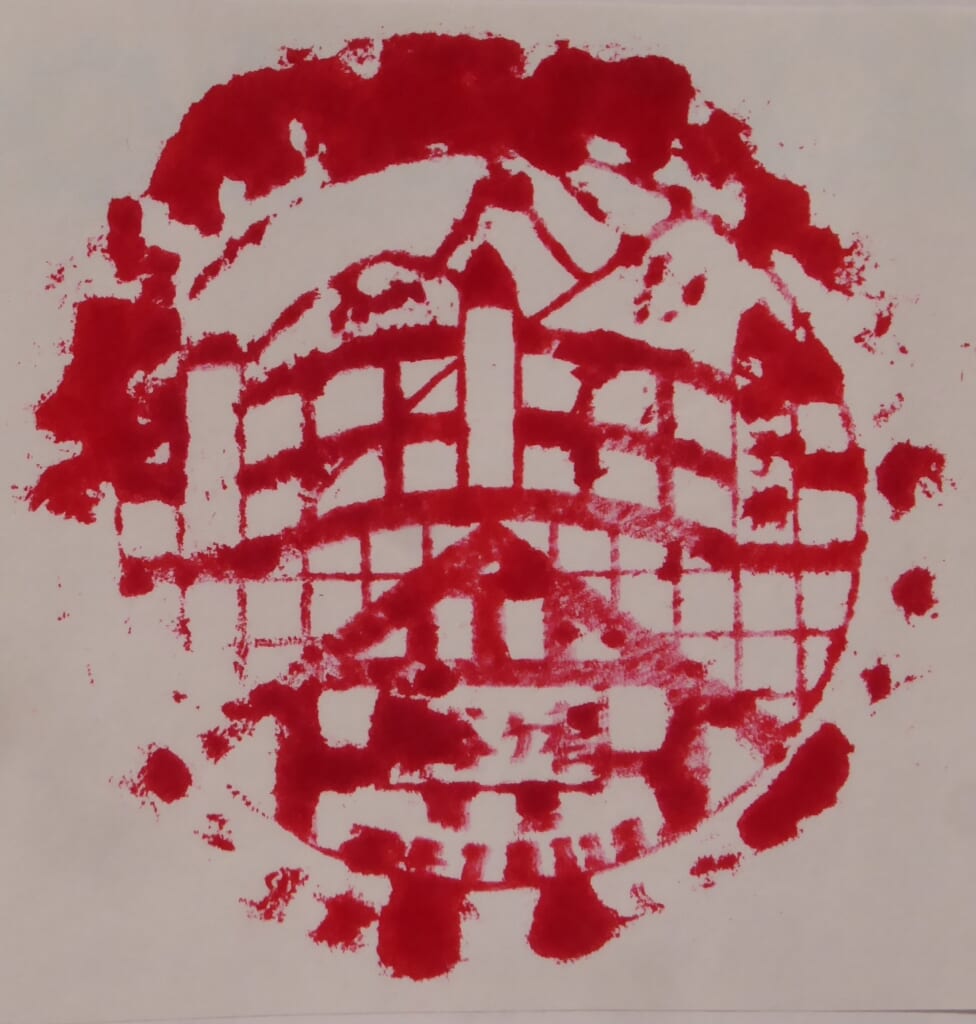Explanation of the Fifty-three Stations of the Tokaido 5 Hodogaya
8.8km from Totsuka to Hodogaya, 35°26′38.5″N 139°35′44″E
Hodogaya is the fourth post station on the Fifty-three Stations of the Tokaido.
It is currently in Hodogaya Ward, Yokohama City, Kanagawa Prefecture.
Hodogaya was designated as a post station when the post station horse relay system was started on the Tokaido in 1601.
Initially, 37 post stations were designated on the Tokaido.
Kanagawa, Hodogaya, and Fujisawa.
The distance between Hodogaya and Fujisawa is 17.2km, and there are many ups and downs east of Hakone, so the burden on both post stations was great.
For this reason, in Totsuka town, illegal people made money by sending out men and horses.
They also provided accommodation for travelers.
With the support of Hodogaya-juku, Totsuka-cho petitioned the shogunate to be recognized as a post town, and in 1604 it was officially recognized as such.
The distance between Hodogaya and Totsuka is now 8.8km.
It is said that travelers from Edo who had difficulty reaching Totsuka-juku would choose Hodogaya-juku.
Hodogaya-juku is a transportation junction, with the Hachioji Road to the north and the Kamakura Road to Kanazawa and Kamakura to the south.
The Edo Meisho Zue describes Hodogaya-juku as “a prosperous place lined with train stations.”
A train station is an inn.
It is said that male travelers in the Edo period walked about 40km a day.
Totsuka-juku, located 42km from Edo Nihonbashi, is the first night’s stay.
In fact, many travelers stayed in Hodogaya-juku.
In the late Edo period, Hodogaya-juku had 67 hatago, 558 houses, and a population of 2,928.
The neighboring Kanagawa-juku had 58 hatago, 1,341 houses, and a population of 5,793.
There were a lot of inns compared to the population and number of houses.
In Jippensha Ikku’s “Hizakurige on the Tokaido”, a woman holds onto a traveler and won’t let go, saying, “The tomome-onna, who is so strong that she won’t let go, Totsuka-mae-te wa hanasazarikeri.” (There is a play on the words “Totsuka-mae” and “to catch”).
The poem describes the behavior of a woman soliciting customers at an inn.
This is a kyoka about aggressive solicitation, but it’s not just funny.
The atmosphere of the bustling Hodogaya-juku can be felt in the background.
Gontasaka is included in Hodogaya-juku.
Gontasaka is the name of a slope on the old Tokaido road in Hodogaya Ward, Yokohama City.
It is known as the first steep slope when heading west from Tokyo on the Tokaido road.
It was a difficult part of the journey, with a series of slopes including Gontasaka (Slope No. 1 and No. 2), Yakimochizaka, and Shinanozaka.
The Hakone Ekiden does not go through Gontasaka on the old Tokaido road, but the nearby slope on National Route 1 is called Gontasaka.
It is considered a difficult part of the second section of the outbound route.
The bridge depicted at Shinmachi Bridge (Kibabashi Bridge) was moved to Tennomachi Station Park due to river improvement work, and is preserved as the “former Katabirabashi site.”
① “Hoeido version”
This is a view of Shinmachi Bridge (Kibabashi Bridge) over the Katabira River in the evening.
After crossing Shinmachi Bridge, there is a sign for Nihachi Soba.
The daughter of the shop owner is calling out to customers.
The feudal lord’s procession enters the post town.
There are palanquins carrying komuso monks and samurai about to cross the bridge.
A peaceful rural landscape spreads out behind the post town.
The Katabira River and Shinmachi Bridge no longer exist.
② “Gyousyo version”
The painting focuses on Shinmachi Bridge.
A scene of a soba restaurant or teahouse at the entrance to the inn.
③ “Reisho version”
The painting focuses on Shinmachi Bridge.
It is drawn from the same angle as the running script version, but in winter, with snowy scenery.
④ “Hokusai version”
A rural landscape just before Hodogaya Post Town.
A traveler on horseback and two samurai on foot pass each other.
⑤ “Travel image”
JR Hodogaya Station.
⑥ “Stamp image”
This is a stamp from JR Hodogaya Station.
Hoeido version
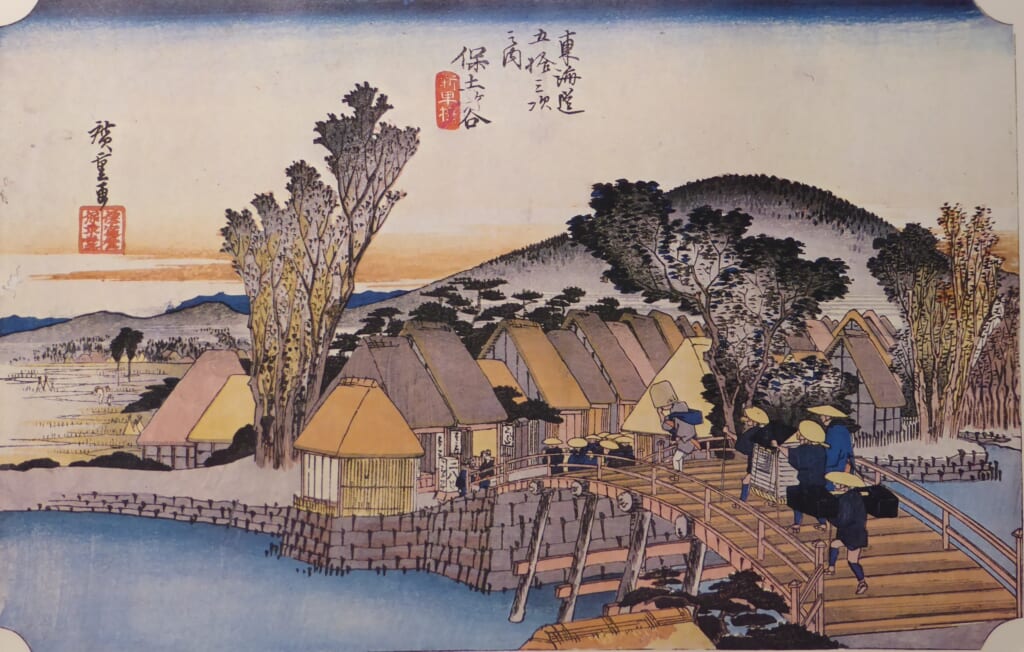
Gyousyo version
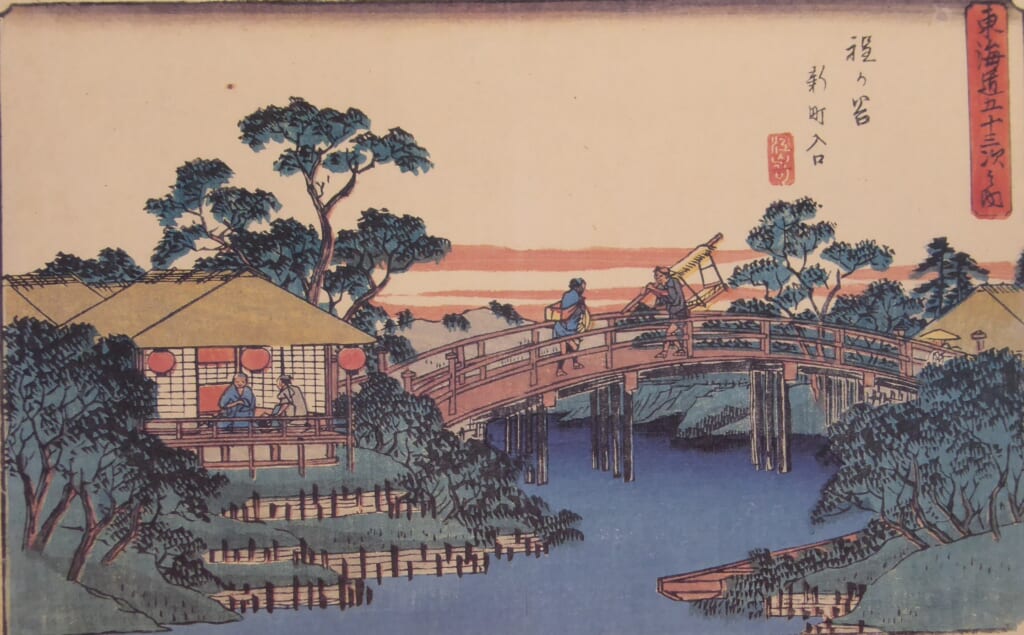
Reisho version
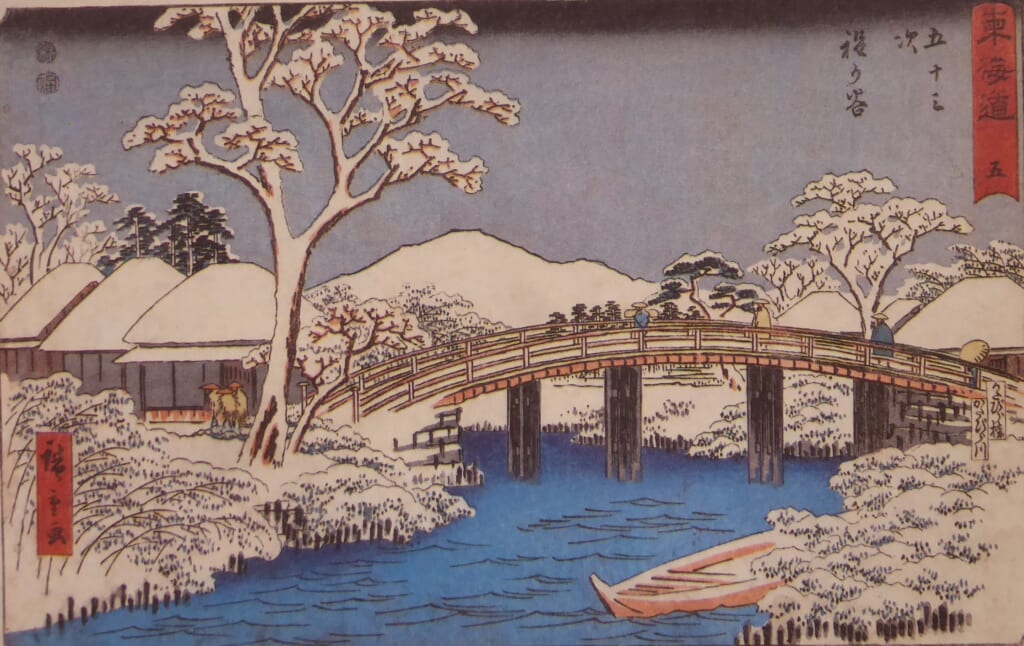
Hokusai version

Travel image
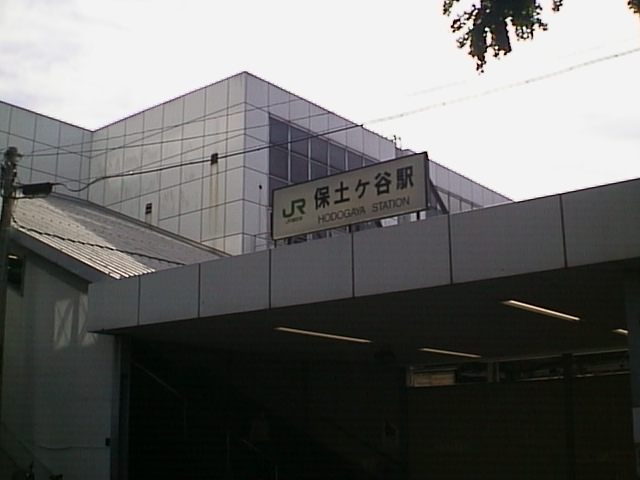
Stamp image
